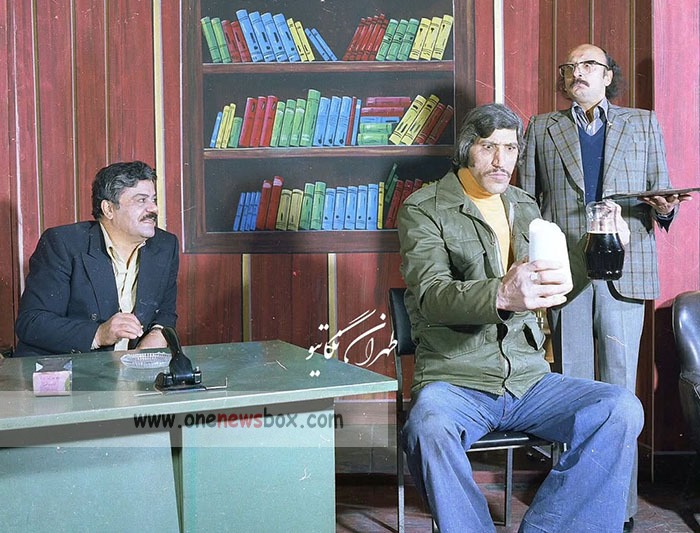Translations of Western plays—often French and Russian—were particularly popular, as they introduced Iranian audiences to new theatrical conventions. At the same time, there was a growing awareness that Iran needed its own national theater tradition, grounded in Persian culture and history.
2.3 The Potential for Political Propaganda
The early 1940s also underscored the role of theater as a medium of political expression. Parties and intellectual circles quickly realized that stage performances could sway public opinion. A well-written play, staged in a popular theater, could reach hundreds in a single night, with word of mouth spreading its message further.
This political capacity, however, also made theater a risky endeavor. Authorities and rival parties monitored performances, and censorship was never far away. Still, for several years, the relative freedom after Reza Shah’s abdication allowed unprecedented theatrical experimentation.

